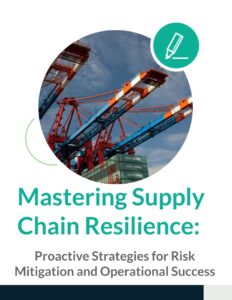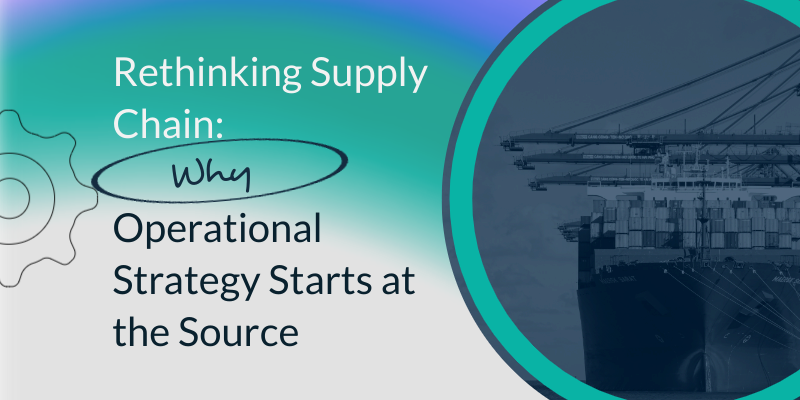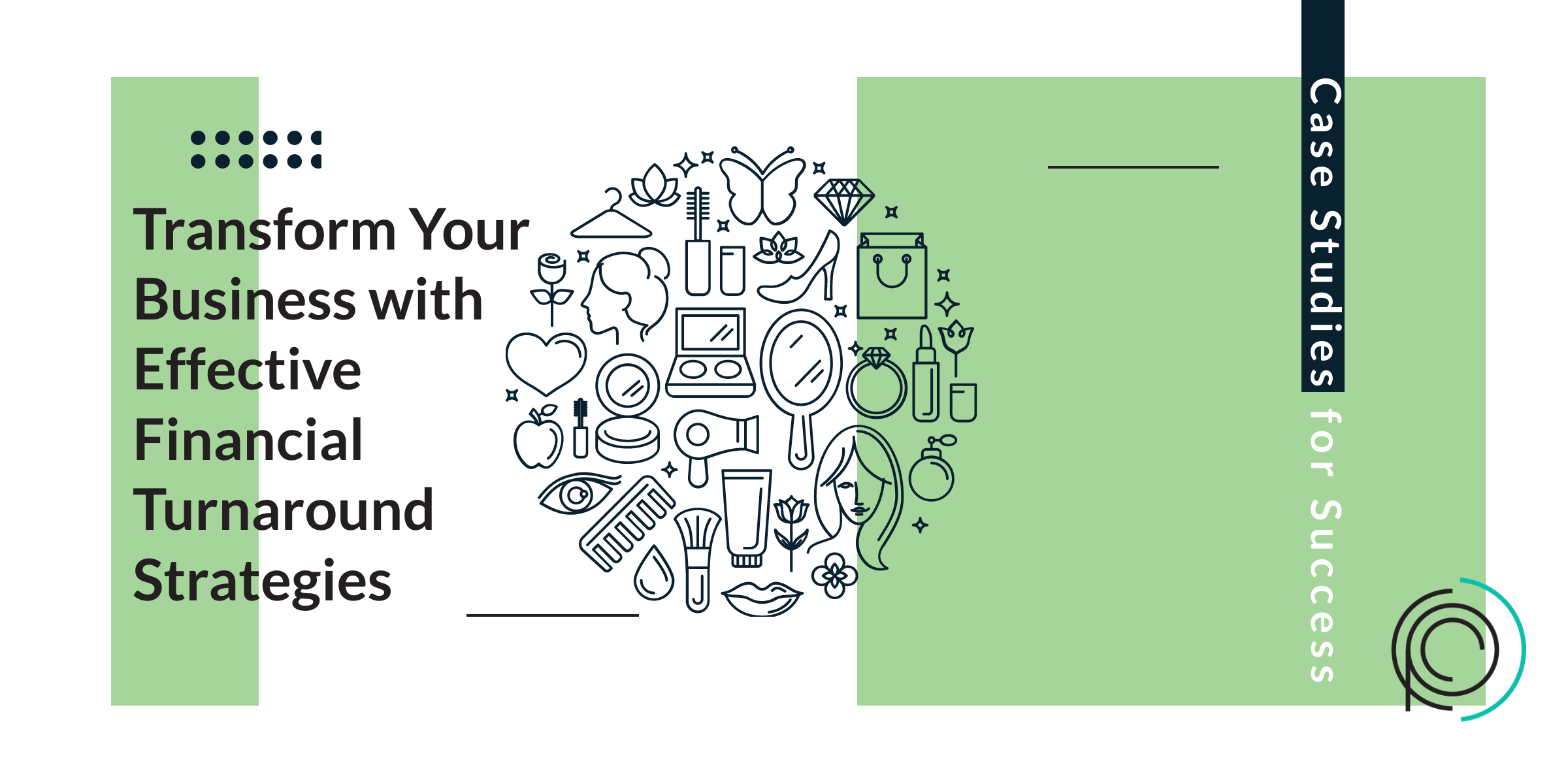Scaling successfully is a challenge that many enterprises face in today’s fast-paced market. The key to overcoming this hurdle often lies in proactive planning and leveraging the right tools and resources. Many businesses have managed to scale seamlessly by understanding their human capital capabilities and setting appropriate, achievable goals. This blog post will delve deeper into some remarkable success stories of rapidly growing businesses that have achieved significant growth through strategic foresight, meticulous preparation, and agile adaptation to changing circumstances.
Understanding the Importance of Proactive Planning
Proactive planning involves anticipating potential challenges and preparing for them well in advance, allowing businesses to stay ahead of the curve. For enterprises, this means having a clear, coherent vision that aligns with their long-term objectives, setting realistic and measurable goals, and equipping themselves with the necessary tools and resources. Companies that adopt this forward-thinking approach can avoid common pitfalls, such as resource misallocation or market misjudgement, thereby ensuring smooth and efficient scaling. Additionally, proactive planning fosters a culture of agility within the organization, enabling teams to respond swiftly to unforeseen obstacles and market shifts.
The Risks of Overwhelming Information Flow
Drinking from the firehose of information can be detrimental to businesses as they attempt to scale. Organizations are inundated with vast amounts of data from various sources, including social media, customer feedback, market trends, and internal reporting systems. Such an overwhelming approach often leaves room for mistakes and inconsistencies, particularly when critical decisions are made under pressure without thorough consideration and analysis. This can lead to a fragmented strategy that hampers operational efficiency and affects overall performance, making it difficult for teams to align their goals and objectives.
Moreover, a chaotic information environment can severely compromise the customer experience, resulting in dissatisfaction and erosion of brand trust. When employees are bombarded with information, they may struggle to provide coherent responses to customer inquiries, leading to frustrated clients who feel neglected or unheard. This ongoing disconnect can harm the company’s reputation and lead to a decline in customer loyalty.
To combat these challenges, organizations must cultivate an environment where information is curated and conveyed effectively. By implementing structured communication channels and data management systems, companies can ensure that their teams engage with data meaningfully rather than being swamped by it. This might involve utilizing data visualization tools, regular briefings, and training sessions designed to enhance data literacy among employees.
Furthermore, by focusing on clarity and precision in communication, companies can mitigate the risks associated with information overload and enhance their customer interactions. Establishing a culture of transparency and accessibility around information can empower employees to make informed decisions while also fostering an environment of trust and collaboration. Ultimately, prioritizing the quality of information over quantity can lead to better decision-making processes, improved operational efficiency, and a more positive customer experience.
The Role of Human Capital in Scaling
Human capital refers to the collective skills, knowledge, and experience that an organization’s employees possess, forming the backbone of any successful business. Understanding your team’s capabilities is crucial for setting achievable goals and aligning them with the company’s broader vision, which often involves navigating a competitive landscape. This process includes not only assessing current skill sets but also identifying areas for further development and training to ensure that employees can adapt to new challenges and technologies.
For instance, conducting regular performance reviews and skills assessments can provide valuable insights into your team’s strengths and weaknesses. Moreover, promoting a culture of continuous learning through workshops, mentorship programs, and online courses can significantly enhance employees’ expertise and keep them engaged. By leveraging human capital effectively, businesses can drive innovation, improve productivity, and enhance overall performance, ultimately leading to a stronger market position.
Furthermore, investing in employee development fosters loyalty and reduces turnover, which is vital for maintaining a stable and experienced workforce as the company scales. When employees feel valued and see opportunities for growth within the organization, they are more likely to stay committed to the company’s mission. This commitment not only helps in retaining talent but also cultivates a positive workplace culture, which can attract new talent in the long run. In summary, human capital plays a pivotal role in scaling a business, and prioritizing its development is essential for sustainable growth.
Leveraging the Right Tools and Resources
The right tools and resources can make a significant difference in an enterprise’s ability to scale efficiently. These tools can include technology solutions such as advanced project management software, customer relationship management (CRM) systems, and data analytics platforms that provide insights into performance metrics. Additionally, training programs that equip employees with new skills and knowledge are essential for keeping the workforce competitive. Strategic partnerships with other businesses or industry leaders can also provide access to new markets and expertise. By investing in these critical resources, businesses can streamline operations, improve overall efficiency, and support sustainable growth. This holistic approach to scaling ensures that the organization is not only prepared for current demands but also positioned for future opportunities.
Through a combination of proactive planning, understanding human capital, and leveraging the right resources, rapidly growing businesses can navigate the complexities of scaling and achieve lasting success in their respective markets.
Success Story: Enhancing Employee Engagement through Process Optimization
One of our clients, a mission-driven organization was seeking to understand how their current state processes were affecting employee engagement. This industry-leading impact financial services fund connects investors with underserved communities, operating in a dynamic all-hands-on-deck environment that had become increasingly difficult as team members devised their own workarounds. High attrition rates exacerbated inconsistencies in workload management and communication. They aimed to document roles and responsibilities, capture tribal knowledge among existing team members, and standardize operational procedures. Additionally, they sought our expertise in evaluating their current technology landscape to recommend solutions that would create a single source of truth for their client data. With over 10% attrition and 18 disconnected software interfaces, managing the lifecycle of a fund became cumbersome, leaving teams uncertain about where to find the most current information.
Approach
We commenced this engagement by entering the discovery phase, an in-depth assessment of existing processes and technology. Our team gathered insights regarding the manual workarounds utilized by employees to fulfill their roles in the absence of effective technology solutions. Through process mapping, we helped the organization demystify its operational complexity and identify suitable technologies for implementing a business process management (BPM) architecture. Our mapping of the technology stack revealed the absence of a centralized source for client data, which contributed to a fragmented internal environment. After discussing our findings, we outlined actionable steps to address their operational gaps. The proposed strategy focused on optimizing business efficiency and effectiveness by unifying the technology stack, creating comprehensive documentation, and establishing systemized processes for employee training and maintenance. Ultimately, we automated 17 core processes and streamlined their data and reporting systems, significantly enhancing the company’s operations.
Results
At the conclusion of our engagement, we delivered a detailed roadmap for scrubbing 20 years of legacy data and migrating to a more appropriate technology stack. By consolidating technology tailored to support both team operations and business objectives, the organization can better identify key performance indicators and accurately monitor its success. Our plan indicated a projected 46% increase in productivity and a 35% increase in the authenticity of data collected, while also reducing the processing time required to generate this data by an impressive 50%.
Key Takeaways for Enterprises
Invest in Human Capital
Understanding the capabilities and potential of your workforce is crucial for setting realistic goals and driving sustainable growth. Investing in training and development not only equips your employees with the necessary skills to support your company’s expansion but also fosters a culture of continuous learning and improvement. Consider implementing mentorship programs, workshops, and access to online courses to enhance their skills and keep them engaged.
Leverage Technology
The right technology can significantly streamline operations, enhance productivity, and support sustainable growth. Investing in tools and resources that align with your company’s needs and long-term goals is essential. Consider adopting cloud solutions for better collaboration, automation tools to reduce repetitive tasks, and customer relationship management (CRM) software to enhance customer interactions and insights.
Set Clear Goals
Having a clear vision and setting realistic, achievable goals is vital for successful scaling. This strategic planning process enables your company to stay focused on its objectives and ensures everyone is aligned in their efforts. Utilize techniques such as the SMART criteria (Specific, Measurable, Achievable, Relevant, Time-bound) to refine your goals and create a roadmap that outlines the necessary steps to achieve them.
Foster Employee Engagement
Engaged employees are not only more productive but also deeply committed to achieving organizational goals. Implement initiatives to improve employee engagement, such as recognition programs that celebrate achievements, flexible work arrangements that promote work-life balance, and opportunities for professional growth through training and advancement. Regular feedback sessions can also help in understanding employee needs and enhancing their overall job satisfaction.
Utilize Data Analytics
Data-driven decision-making is essential in today’s competitive landscape as it provides valuable insights into customer preferences, market trends, and operational efficiencies. By leveraging data analytics, companies can make informed decisions that drive growth and innovation. Implement advanced analytics tools to track key performance indicators (KPIs), analyze customer behavior, and refine marketing strategies based on real-time data. This approach not only improves operational efficiency but also helps in anticipating market changes and responding proactively.
Conclusion
Proactive planning, understanding human capital capabilities, and leveraging the right tools and resources are key to successful scaling. Success stories demonstrate the importance of these strategies in achieving significant growth. By adopting a proactive approach and investing in the right areas, your enterprise can also experience seamless scaling and sustained success.
Explore the potential of proactive planning for your business. Learn from these success stories and apply their strategies to achieve your growth objectives. Start today and set your enterprise on the path to success.







